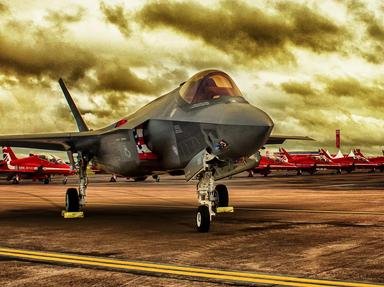Quiz Answer Key and Fun Facts
1. The Leander Class frigate first came into service in the early 60s and went on to become the biggest class of frigates in the Royal Navy. They were named after characters from Greek and Roman mythology. Which of these was not the name of a Leander Class frigate?
2. Whilst the new submarine base at Faslane was being built, a submarine depot ship, which had been launched in 1938 and served throughout World War II, was based in the Gareloch. In 1967 she was taken to Rosyth to be paid off, but her life was considerably extended when she was taken to Belfast to be used firstly as an army accommodation ship and then as a prison ship for IRA prisoners. What was her name?
3. In August 1966 a cruiser berthed alongside in Devonport dockyard accidentally fired a 6" gun during routine maintenance. The shell, which was of course a dummy, ricocheted off the cruiser's deck, onto the jetty and hit a dockyard crane, fortunately with nobody being injured. What was the name of the cruiser?
4. The Royal Navy had several large aircraft carriers in the 60s. Remarkably, one of them, which was first commissioned in 1959, was the flagship of the British forces during the Falkands War in 1982. At the time of writing (2013) she is the oldest aircraft carrier in commission anywhere in the world as INS VIRAAT (Indian navy). What was her name whilst in the Royal Navy?
5. Built at the end of the 50s and serving right though the 60s, were four Type 61 frigates. They were for aircraft direction and were named after cathedral cities. Which of these was NOT the name of a Type 61 frigate?
6. The first of the UK's nuclear-powered submarines joined the fleet in 1963. Her name evoked hugely powerful ships from an earlier era - what was she called?
7. Three ships of the same class, HM Ships HECATE, HECLA and HYDRA, joined the fleet in the mid-60s. They looked different to the rest of the fleet, having white hulls and buff funnels. What were they?
8. The RN operated a class of four Type 41 Anti-aircraft frigates during the 60s, known as the "Cat" class as they all bore the names of big cats. Which of these was NOT a Type 41 frigate?
9. Throughout the 1960s the Royal Navy operated scores of wooden-hulled minesweepers whose names all ended in "-ton", such as HMS WILTON and HMS BEACHAMPTON. What were they named after?
10. The Royal Navy's "County" class of Guided Missile Destroyers were large and manpower-intensive ships, whose main missile armament was the Seaslug ship-to-air missile system. The class consisted of HM Ships ANTRIM, DEVONSHIRE, FIFE, HAMPSHIRE, KENT, LONDON, NORFOLK and which other?
Source: Author
Bazingstoke
This quiz was reviewed by FunTrivia editor
stedman before going online.
Any errors found in FunTrivia content are routinely corrected through our feedback system.
